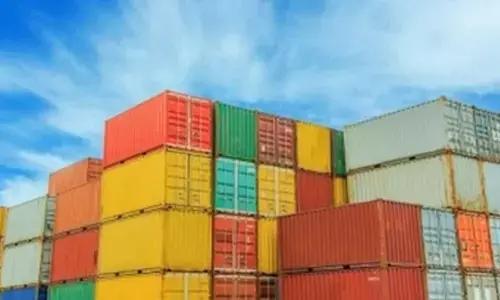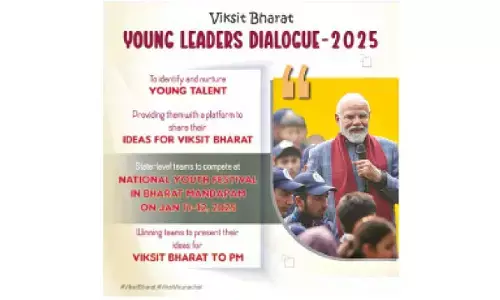Firecrackers- A factfile

The Indian firecracker industry is the second largest in the world To get the obvious out of the way, the giant is, of course, China India is among the top for a very simple reason Human resource Being the second most populated country in the world gives us this single most important resource that sustains industries
The Indian firecracker industry is the second largest in the world: To get the obvious out of the way, the giant is, of course, China. India is among the top for a very simple reason – Human resource. Being the second most populated country in the world gives us this single most important resource that sustains industries. India also has a festival that necessitates a large industry. Although firecrackers are used for several occasions around the world, the Indian firecracker industry always did, does and will have Diwali to feed its voracious appetite.
Kolkata was where it all began: You may know that Sivakasi in Tamil Nadu is currently the hub of the Indian firecracker industry. This, however, was not the case in the beginning. In the early 1900s, a gentleman by the name of Dasgupta was running a match factory in Kolkata. Driven out of Sivakasi by its draught and famine, two brothers –Shanmuga Nadar and P Ayya Nadar – found their way to this factory in search of employment. Having learnt the clockworks of a match factory, the two cousins then returned to Sivakasi to begin their own enterprise.
Sivakasi has ties with the Indian Army: Many industries in Sivakasi provide customised alternatives to the army’s Ammunition and Ordnance factories. The Military Fuzee matches (developed by the Standard Match Industries), for instance, allows militaries to light fuse wires without detection as the matches become red hot instead of evoking a flame.
Sivakasi has its own Fireworks Research and Development Centre (FRDC): This centre was started with a view to set quality and safety standards for the entire industry. They take on the responsibility of testing the raw materials, monitoring the hazardous manufacturing process and safety of the personnel, among others.
India does not export any of its firecrackers: The problem here is unsuitable storage and inadequate shipping facilities. Importing countries impose strict regulatory standards that India has been unable to meet. Being one of the largest firecracker industries in the world gives us a great potential to turn those commodities into foreign revenue.
No one in the industry has the licence to import fireworks: Because fireworks have been categorised under restrictive items by the Director General of Foreign trade, the Petroleum & Explosives Safety Organisation (PESO) has not granted licences to anyone to import them, not only from China but from other countries that manufacture as well (United States, Spain, Germany, to name a few).
Source: www.yourstory.com
















